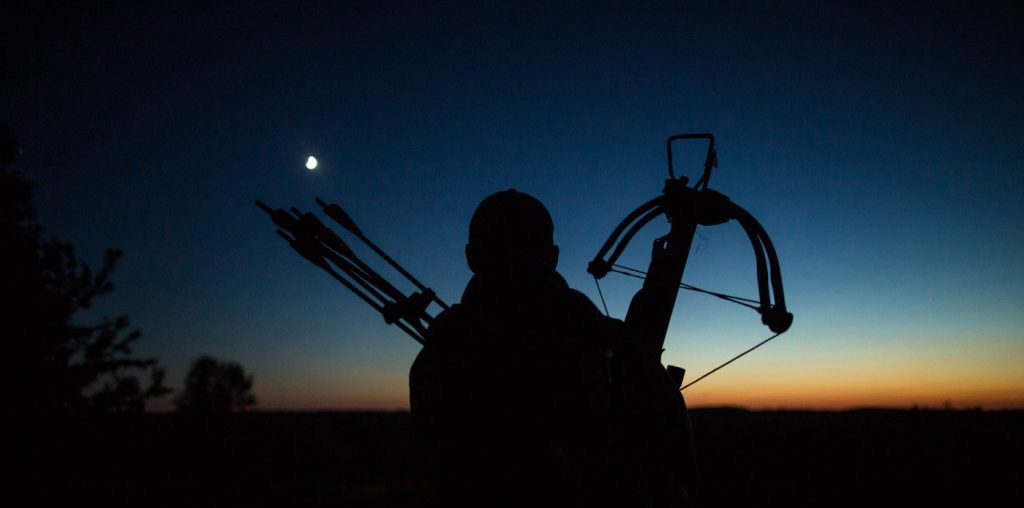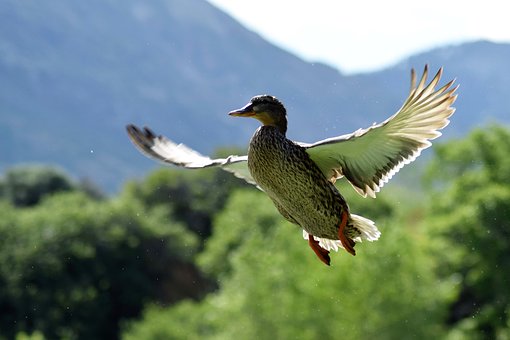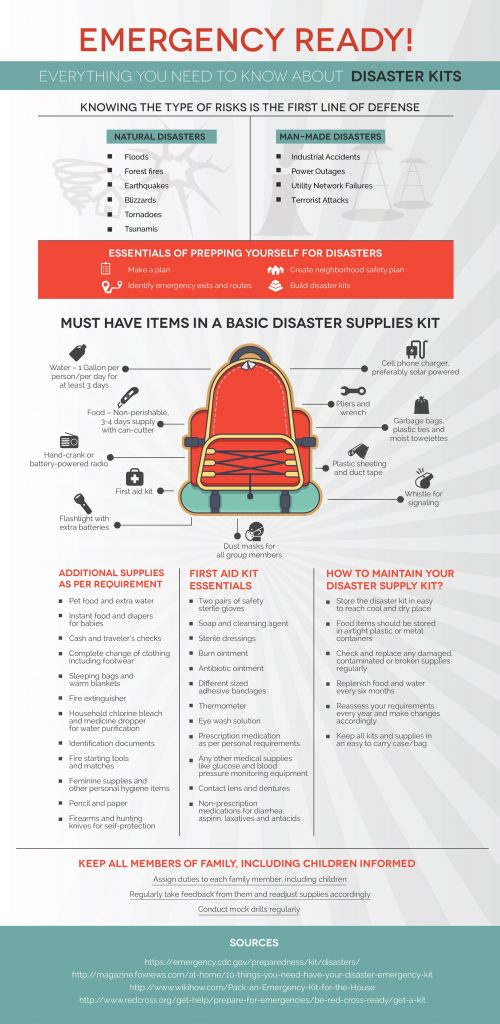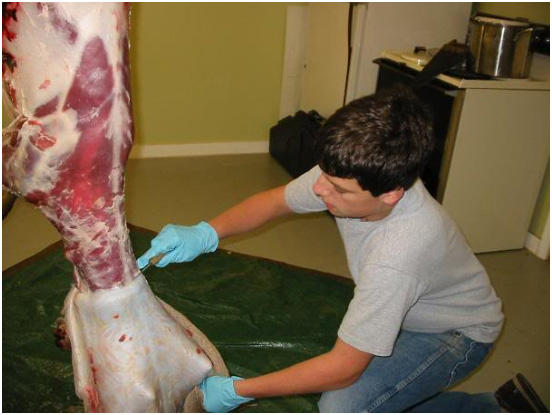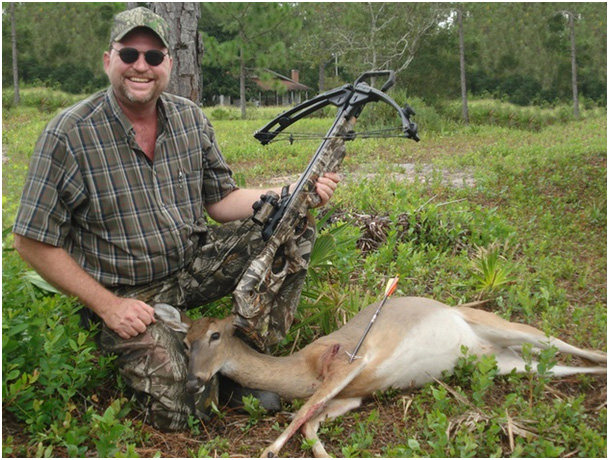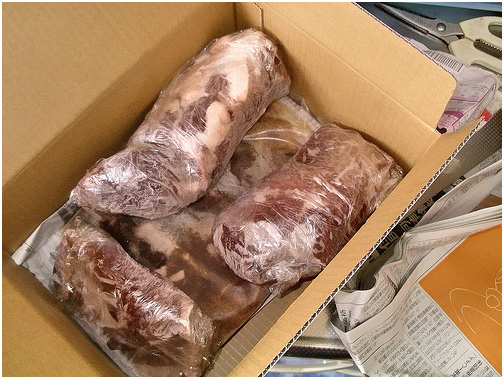The first item that comes to mind for a hunting expedition is a riffle and a hunting vest, but what about all of the other needed essentials? It’s key to remember that you might be trekking out into the wilderness, and you might find yourself being there longer than expected. So, use this guide to remember the 5 important items that many hunters seem to forget.
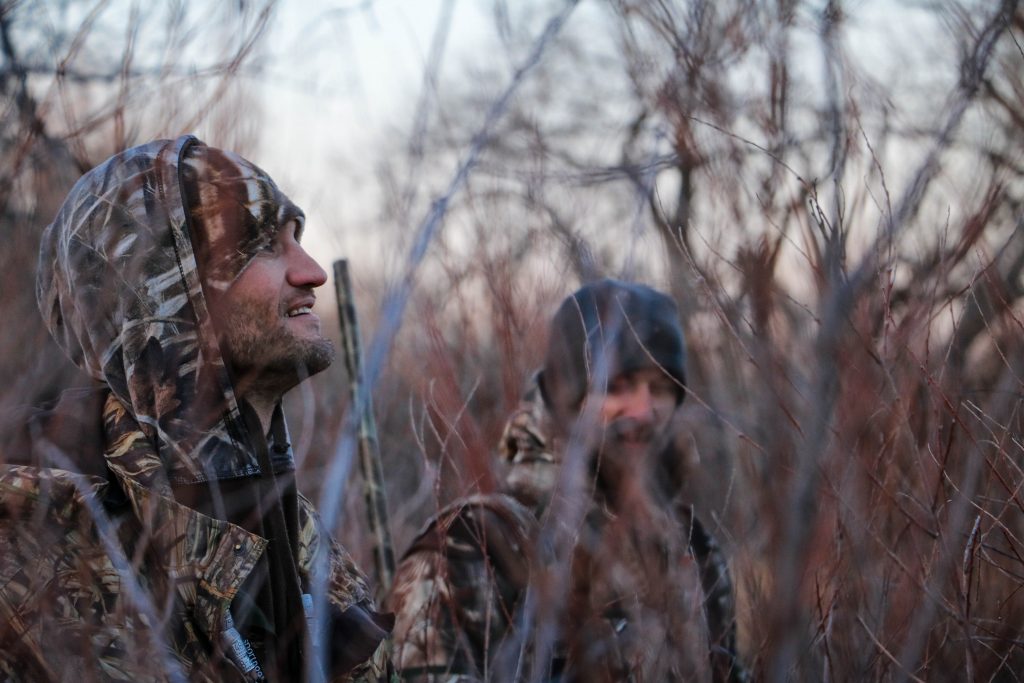
1. Hunting Binoculars
One of the most often forgotten items is your hunting binoculars.
The most obvious reason is that without a pair of good quality binoculars, you might miss some animal at a distance. Forgetting your binoculars means that you may come back with less to show for, making for a less enjoyable hunting trip.
But, more importantly, you can use binoculars for navigation, to discern your path and spot sources of water, roads, and civilization at a distance.
Other Benefits to Bringing Binoculars
• Be able to decipher an animal from a rock or foliage (Also, so you know you aren’t shooting at a human!).
• See your terrain more clearly to prevent injuries or see signs of animals that the naked eye would not be able to see.
• Allows you to spot predators or wildlife you’d rather avoid.
Important Features on My Binoculars?
You don’t want binoculars that magnify too far or too near. It’s important to get the right set that matches the terrain you will be hunting in. Generally, in wooded terrain you’ll want something with less magnification, such as 8x and in open terrain you can go as high as 12x. You can go higher, but you’ll end up needing a stand or tripod.
2. Cold Weather Gear?
Staying warm while you are out hunting is crucial for any tracking expedition. Even if you have double checked the weather forecast. It is always safe to stay prepared for unexpected cold fronts. You should keep some cold weather gear in your daypack and take it with you, just in case.
If you get disoriented or injured, you might find yourself spending the night in the woods. It doesn’t matter if it’s the middle of the summer or not, it will feel cold when compared to the daytime highs. Also, you can get hypothermia even if it’s as warm as 70 degrees if you are wet and not clothed properly.
Which Cold Weather Gear Should I Bring?
You’ll want properly fitted boots so as not to reduce blood flow to your toes along with spare socks. You’ll also want:
• Clothing articles that are not made out of cotton as this material absorbs moisture and doesn’t insulate when wet.
• Keep your head warm with a hat or beanie while protecting your face with a face mask.
• Bring gloves that are not made out of cotton.
• Have spare, loosely fitting layers available to add or take away as temperatures change.
• Hand warmers that you can keep in your pockets.
• A Winter coat, one of the most important items to help keep warm. See this guide on the best winter coats for extreme cold.
3. Water Purifier
The fact is you can only carry so much water. If you are unexpectedly stuck in the wilderness for more than a day, you’ll need to find a water source. Since unpurified water can leave you sick, weak, and unable to walk your way out, you need to clean all contaminants from water.
The most obvious way to do this is by boiling your water. But, starting a fire is not always practical and in many places there may be a high danger of fire. So, the best option is to bring a water purifier.
What Can I Use a Water Purifier On?
With a water purifier at your disposal, you can obtain water from the environment around you. This includes water from a creek or any other wild body of water.
Various Types?
There are different types of water purifiers that you can purchase for your next trip. Each type will have pros and cons and you should weigh what you need vs their price and other features.
Here are a few types:
• Water filtration pump
• Squeeze or gravity flow system filters
• Tablets or drops
• Lifestraw
• Lightweight backcountry stove
4. A Compass
Although we tend to use GPS to get around these days, it still is important to carry another location device such as a compass. Hunters are frequently out in the middle of nowhere to find the best prey, putting themselves in risk of either their phone losing service, getting destroyed, or running out of battery.
There are a variety of compasses based on how you plan to use them and the difficulty of the terrain you will be in.
5. A Topographical Map
A topographical map is a detailed and accurate representation of two-dimensional features on the Earth’s surface that are natural and human-made. It will allow you to know the features of the surround area without being able to actually see them.
Why Bring it?
According to Real Tree, topographical maps are an essential when hunting out in an area that is less familiar. You can even use these maps to locate deer travel corridors.
More importantly, even if you get completely lost or disoriented, you can figure out where you are and navigate back to safety. There are plenty of stories of people who have got lost and died less than a mile from well worn trails, you don’t want to be one of them. So, bring a compass and a map.
How Can I Read One?
Topographical maps can be confusing to read without the proper training. You’ll want to spend some time learning the major and minor terrain features, how to convert from grid to magnetic north, and how to determine your exact location in a variety of ways.
What Else Do I Need?
Hunting expeditions lead one far away from civilization, making it a priority to pack properly. While there are probably 100 different things you might want to take, you have to balance between necessity and your ability to carry it.
Regardless of what you do or do not bring, make sure you have these 5 items.


